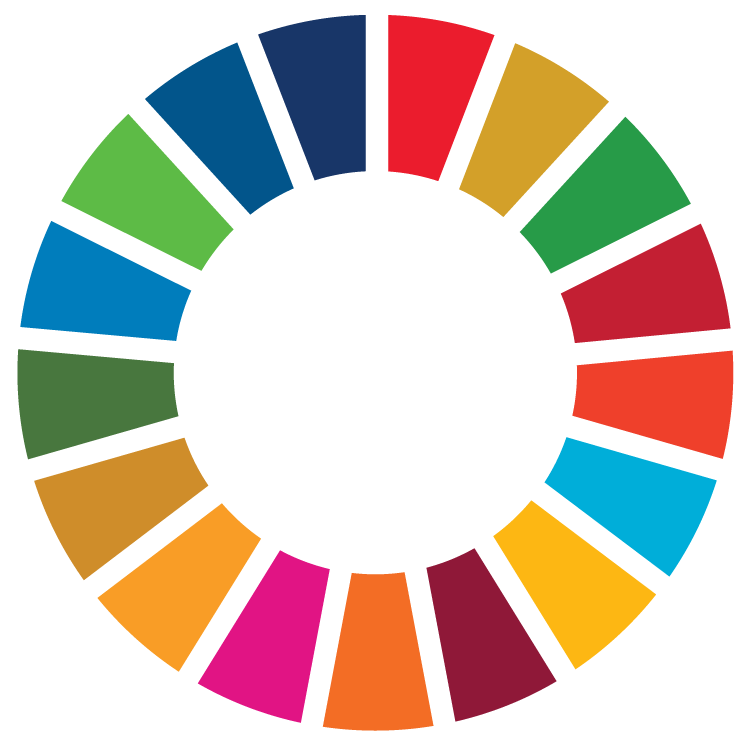



Key findings
What would transforming food systems cost developing economies?
Achieving the food systems pathway is projected to cost $6.1 trillion annually from 2023 to 2030 in the 48 developing economies studied, representing about 20% of their combined GDP.
Per person, the annual cost comes to $1,342 each year to achieve goals like zero hunger and promote sustainable agriculture to improve rural livelihoods and bolster resilience.
Which developing economies are included in the estimates?
The 48 developing economies in the study comprise 19 that are classified as low and lower-middle-income, while the other 29 fall under the upper-middle and high-income bracket. Together, they are home to 68% of people living in developing economies worldwide.
Certain nations in the study are especially vulnerable, due to geographical or developmental factors. These include nine landlocked developing countries (LLDCs), eight small island developing states (SIDS) and six least developed countries (LDCs).
How do the costs break down by income level or country group?
Around 85% of the financial burden falls on the upper-middle and high-income developing economies. The per-person annual cost in these nations, at $2,279, is over 5 times higher than for the low and lower-middle-income economies.
Among the more vulnerable countries, the SIDS face the steepest per-person yearly cost at $1,686, compared with $671 for the LLDCs and $332 for the LDCs.
When gauged against their national economy, the LDCs bear the heaviest burden. The food systems pathway would require 40% of their GDP.
How big is the funding gap?
Despite the urgent needs, the current government spending trajectory leaves a yearly gap of $328 billion for the 48 developing economies analyzed. Covering this gap would require a 5.7% increase in yearly spending.
This figure alone is in line with, if not exceeding, previous estimates for the world to move to the high-performing and inclusive food systems needed to end global hunger or reach water, sanitation and hygiene objectives (SDG targets 6.1 and 6.2).
A closer examination reveals that that the upper-middle and high-income developing economies face the largest annual gap relative to the total annual costs, at $309 billion, or approximately 6% of their required funds.
For the more vulnerable countries, the yearly gap breaks down into $5.6 billion for the LLDCs, $2.6 billion for the SIDS and $1.8 billion for the LDCs.
What would the cost be for all developing economies?
If we use the study’s median per capita cost and extrapolate the calculation to cover all developing economies, the total annual spending needs would reach up to $7.6 trillion.
When compared to a business-as-usual government expenditure trajectory, the annual gap would be $420 billion.
Understanding the pathway
Our unsustainable food systems are a main driver of the many interconnected crises facing the world today. They account for up to a third of greenhouse gas emissions and are a primary cause of biodiversity loss (UNEP et al., 2021). Additionally, they consume up to 70% of the world’s freshwater supply. (FAO, 2017).
Meanwhile, economic, climate and political shocks cause stress to agriculture, forestry, fisheries and aquaculture systems.
The food systems pathway encompasses seven SDG indicators. It offers countries a comprehensive approach to navigating the complex connections between food production, climate change and biodiversity conservation.
Transforming food systems is pivotal in ending hunger and malnutrition and ensuring our growing population – in particular poor and vulnerable people – has access to enough safe and nutritious food all year. It also focuses on boosting agricultural productivity, especially in the least developed countries, while ensuring universal access to clean drinking water, sanitation and improved water quality.
By transforming our food systems, we can:
- Eliminate hunger and malnutrition.
- Increase the consumption of sustainable aquatic protein.
- Keep global warming below 1.5°C and protect biodiversity.
- Reverse deforestation and the degradation of carbon-rich ecosystems, such as peatlands and mangroves.
- Restore soil health.
Food systems are highly vulnerable to global market fluctuations. Governments play a pivotal role in mitigating these risks, helping to make food systems safer and more sustainable. For instance, they can offer incentives for farmers to adopt sustainable practices like crop rotation and organic farming.
Beyond regulating agriculture, governments fund vital infrastructure like irrigation and drainage systems and provide grants, loans or subsidies for such projects.
Government support helps stabilize prices and sustain livelihoods, especially when extreme weather affects crops. Public funds also go towards planning the use of land and water resource, enhancing food value chains, ensuring safe food transport and storage, and improving waste management.
The cost of achieving the pathway
References
- FAO (2017). Water for Sustainable Food and Agriculture A report produced for the G20 Presidency of Germany. Available at: https://www.fao.org/3/i7959e/i7959e.pdf (accessed 16 August 2023).
- UNEP, Chatham House, and Compassion in World Farming (2021). Food system impacts on biodiversity loss. Available at: http://www.unep.org/resources/publication/food-system-impacts-biodiversity-loss (accessed 16 August 2023).



